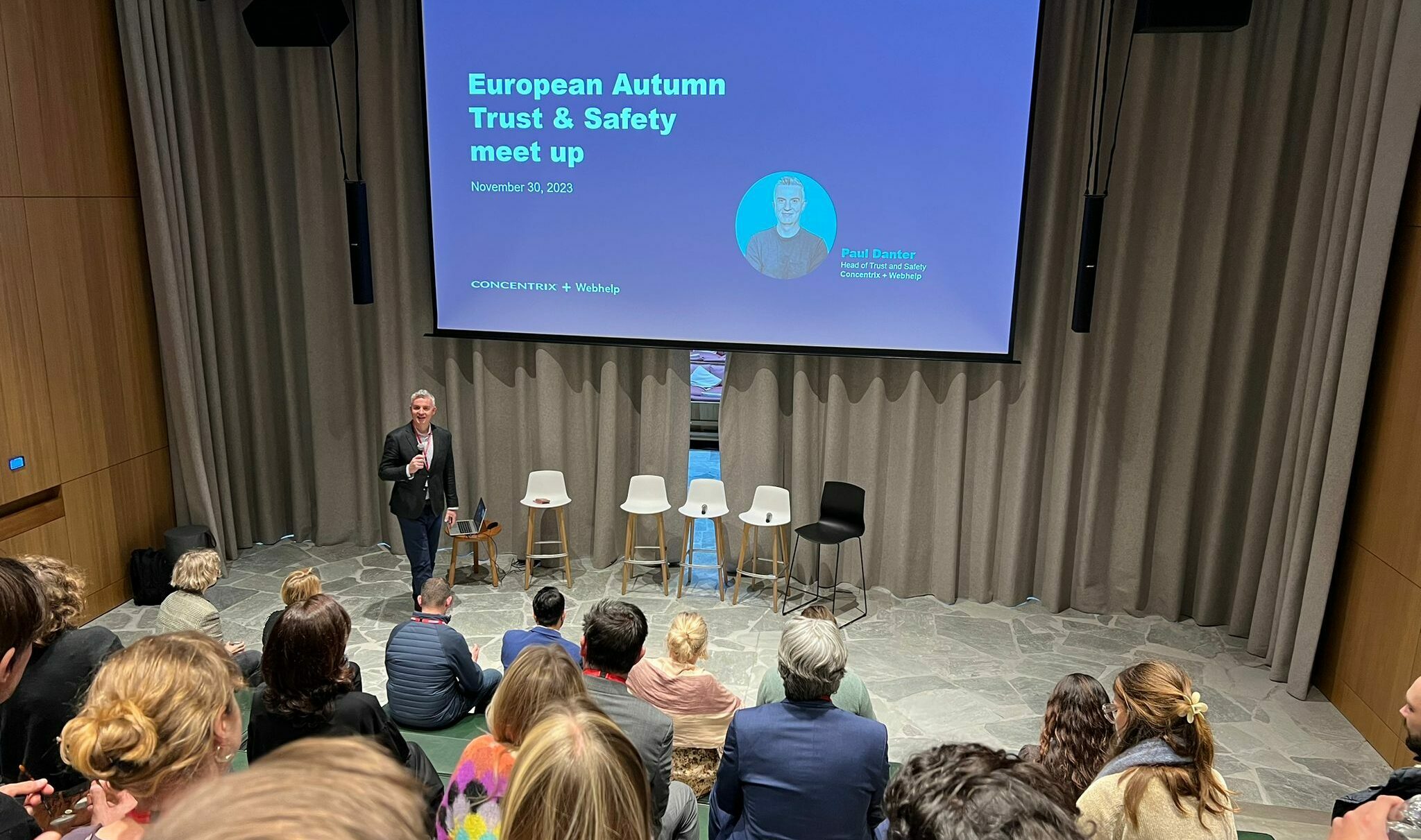Technology is changing how brands and customers interact faster than ever; almost everything we think of today as “normal” did not even exist a decade ago. In turn, customer expectations are evolving and changing when it comes to interacting with customer service professionals. Look at the various areas of dramatic change that customer experience teams are facing at present, and the impact they are having on customer expectations:
- Robotic process automation (RPA): many back office tasks can be automated using intelligent programs. Forrester Research said that the RPA market was worth $250m last year, but will be $2.9b by 2021. If any repetitive customer service task can be handed over to the robots, will customers lose patience with brands that still require a conversation with an advisor to get the simple things done?
- Channel explosion: an enormous rise in the different ways that a customer can interact with a brand. Voice, chat, email, text, apps, social networks, and review sites are all now commonly used for customers to interact with brands.
- Omni-channel: a focus on blending the in-store experience with digital channels and ensuring that, however a customer interacts they always have the same great experience. This whitepaper examines what a truly omni-channel experience delivers to customers, why it’s good for business and the steps needed to achieve it.
- Artificial intelligence: using systems that can capture every customer interaction and learn so future customers can be guided by the system or the system can support a human advisor – offering “experience” of past problems and solutions. The system will always know the answer, so real people are better able to support customers.
- Big data: brands have enormous databases of information, including customer preferences and behaviour. With big data analysis, it is possible to offer customers special offers and deals designed exclusively just for them – targeting an audience of one.
- Internet of things (IoT): many new connected devices will start contacting customer service for help directly, without waiting for the owner to get in touch. A good example will be cars that self-diagnose problems and only alert the customer when intervention is needed.
These technologies are not only affecting expectations – they are causing profound changes to the type of service that is now delivered. However, various innovations are evolving at different speeds, and may be of different importance to different industries. How can you decide where to focus and invest?
Industries like financial services are seeing a change not just in the approach to customer service, but even how services are delivered. New market entrants are building solutions entirely based on the needs of the customer and therefore offering services that appear to be far superior to what customers are used to in traditional banks.
These technologies I mentioned are only the tip of the iceberg. There is a technological revolution taking place. But where does that leave the humans? Traditionally, successful interactions with other people have always been essential for great customer service, whether it was with the front of house team in a hotel, the cashier in a supermarket, or a contact centre advisor.
Are we entering a customer service age that is post-human? I don’t think so. I see all these technologies as supportive of what we are achieving with human-focused contact centres, but what’s your view? How fast do you think these technologies might take over – if ever? Let me know your thoughts by leaving a comment here, or get in touch on LinkedIn, and let me know.


![[Fashion] Choosing the right partners to grow your business in 2024, at a time when trust is fragile](https://media.webhelp.com/wp-content/uploads/2023/12/21090253/Office-Showcase-2.png)


